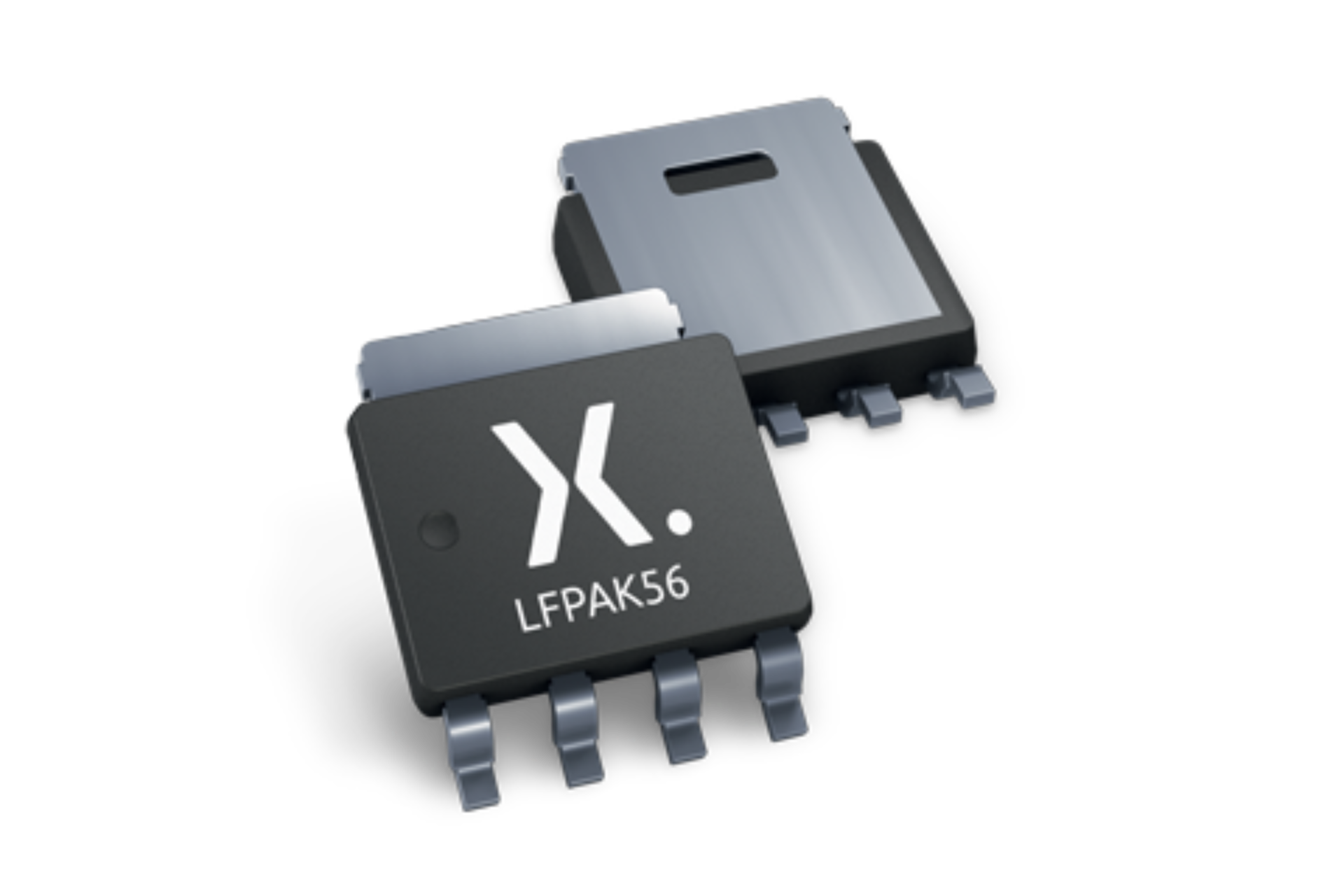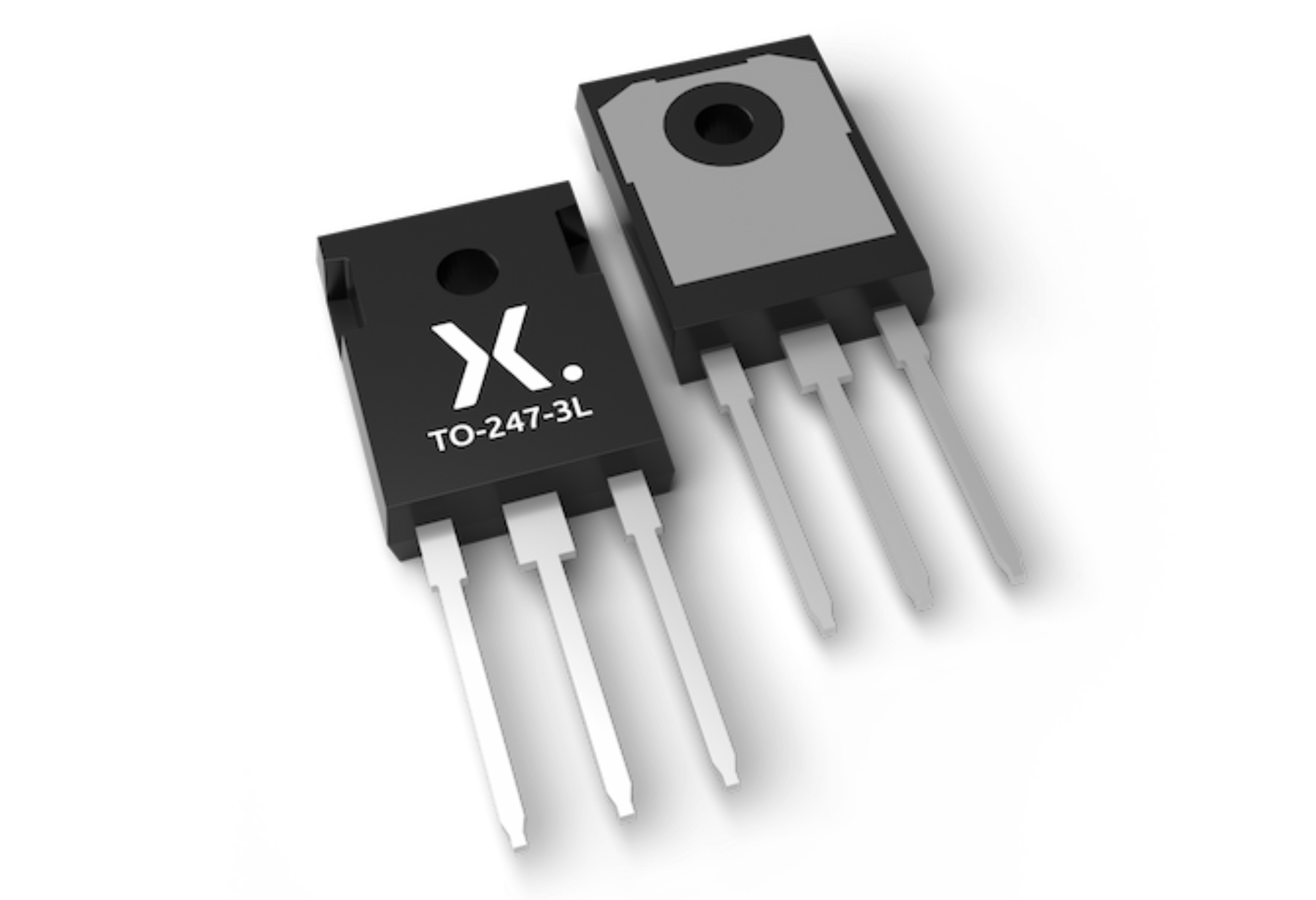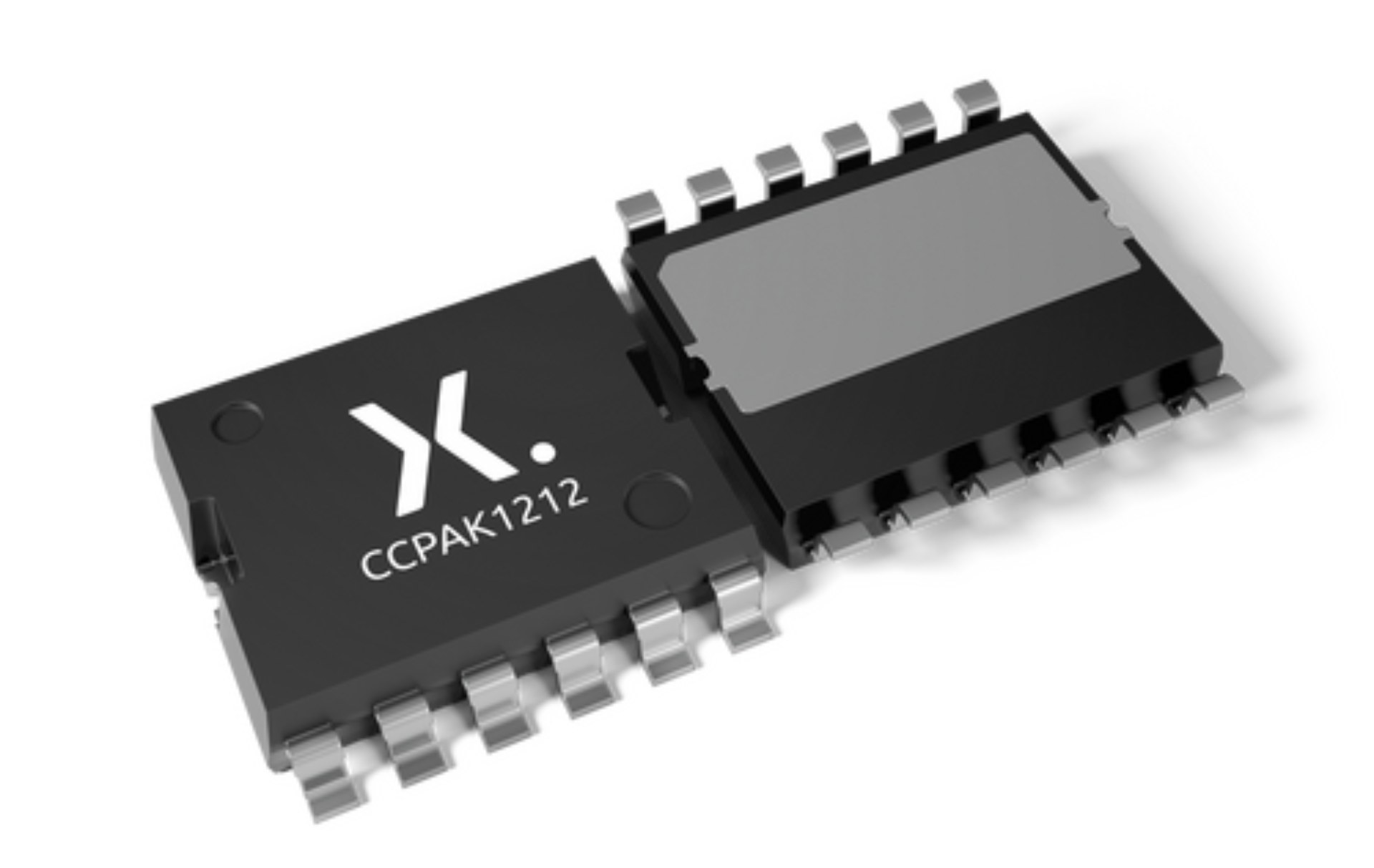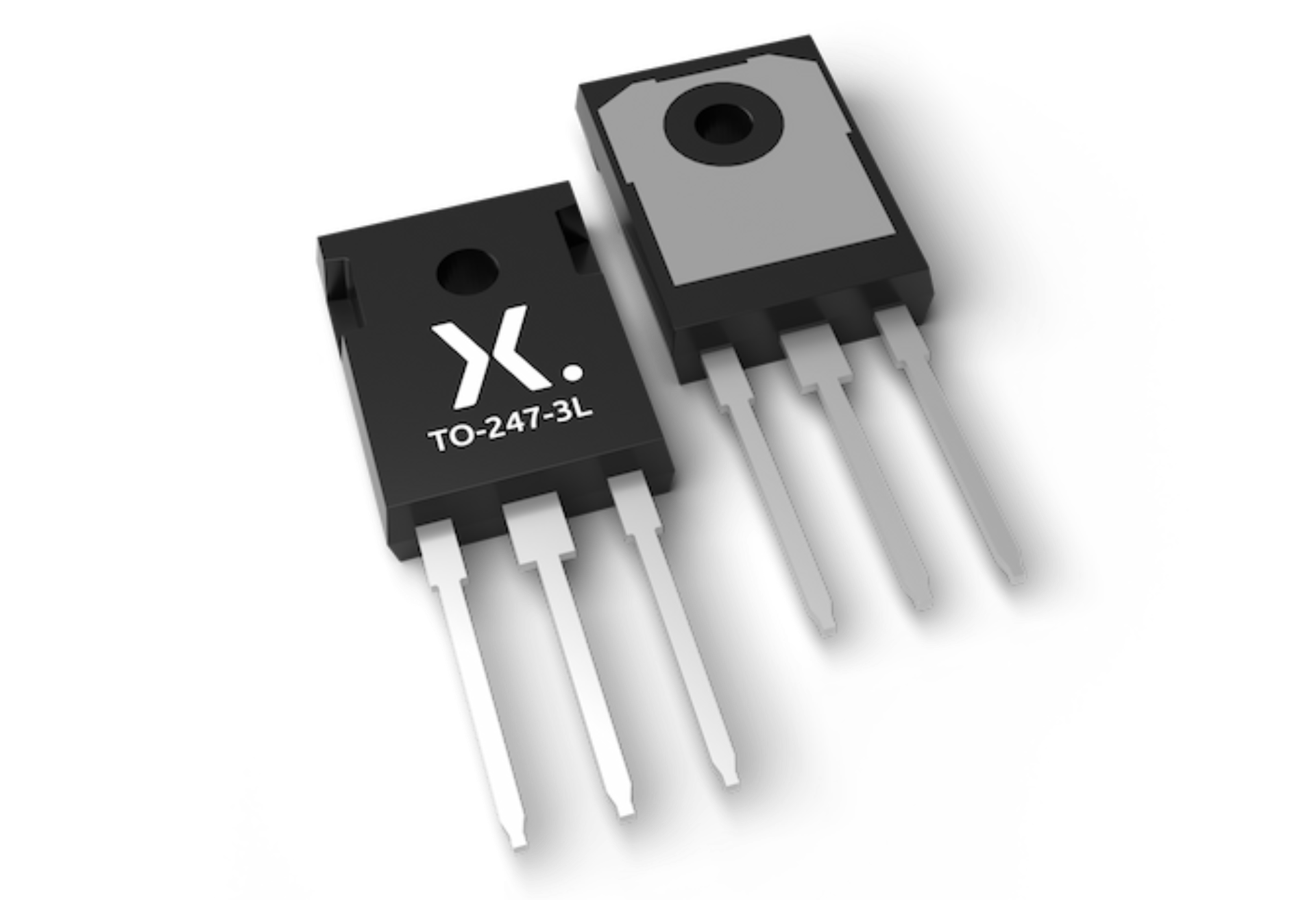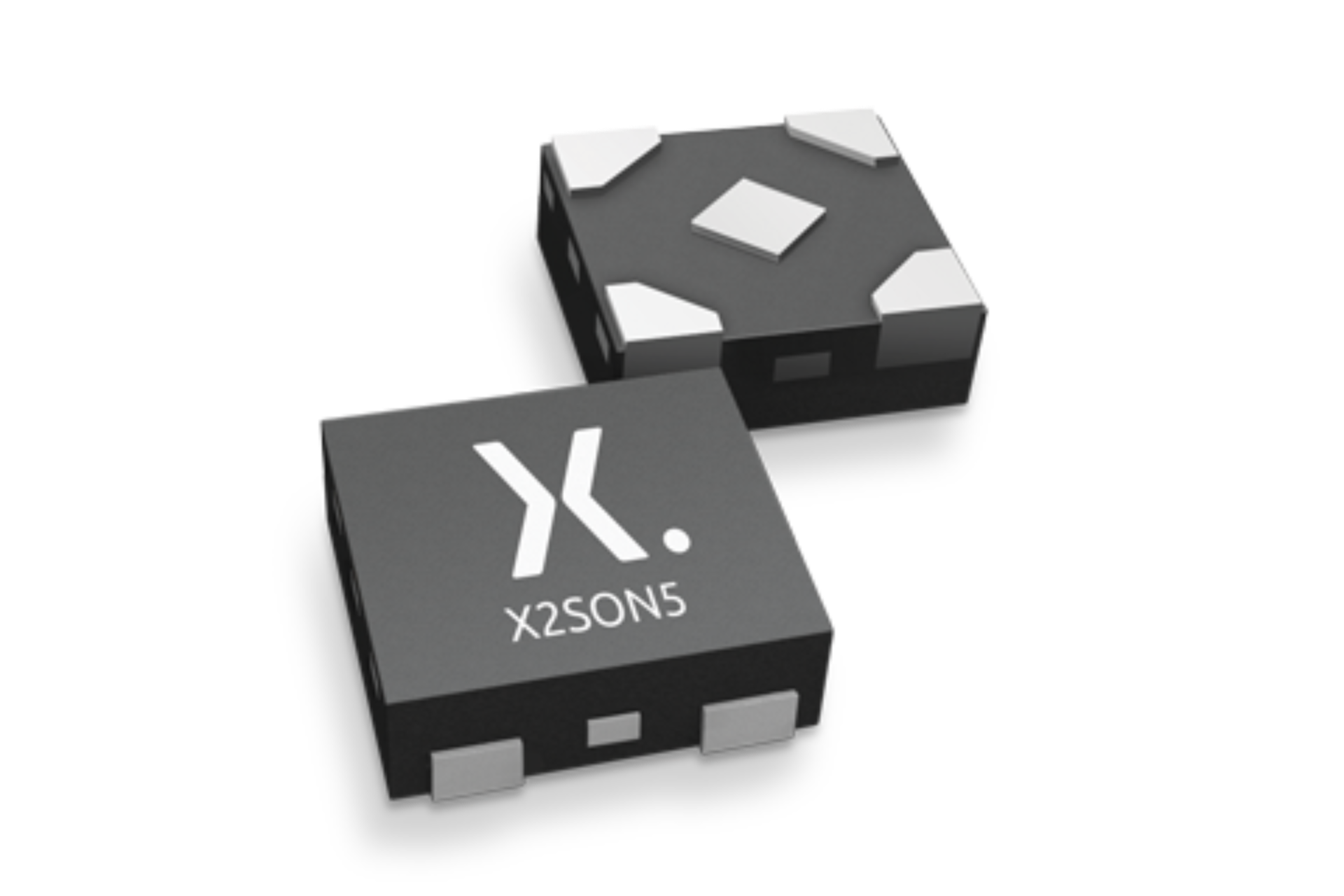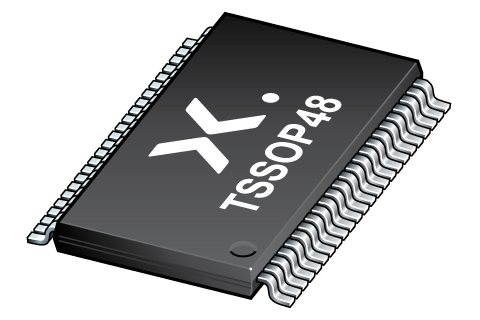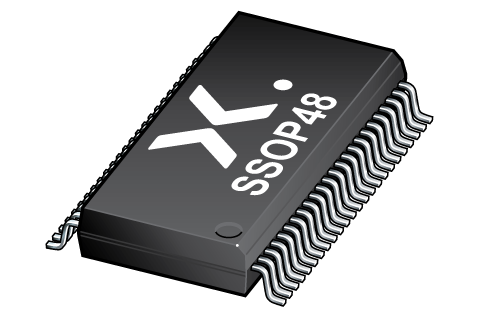
Register once, drag and drop ECAD models into your CAD tool and speed up your design.
Click here for more information74ALVT16373DL
16-bit transparent D-type latch; 3-state
The 74ALVT16373 is a 16-bit D-type transparent latch with 3-state outputs. The device can be used as two 8-bit transparent latches or a single 16-bit transparent latch. The device features two latch enables (1LE and 2LE) and two output enables (1OE and 2OE), each controlling 8-bits. When nLE is HIGH, data at the inputs enter the latches. In this condition the latches are transparent, a latch output will change each time its corresponding D-input changes. When nLE is LOW the latches store the information that was present at the inputs a set-up time preceding the HIGH-to-LOW transition of nLE. A HIGH on nOE causes the outputs to assume a high-impedance OFF-state. Operation of the nOE input does not affect the state of the latches. Bus hold data inputs eliminate the need for external pull-up resistors to define unused inputs
Alternatives
Features and benefits
Wide supply voltage range from 2.3 to 3.6 V
Overvoltage tolerant inputs to 5.5 V
BiCMOS high speed and output drive
16-bit transparent latch
5 V I/O compatible
3-state buffers
Output capability: +64 mA/–32 mA
Direct interface with TTL levels
Input and output interface capability to systems at 5 V supply
Bus-hold data inputs eliminate the need for external pull-up resistors to hold unused inputs
Live insertion/extraction permitted
Power-up reset
Power-up 3-State
No bus current loading when output is tied to 5 V bus
IOFF circuitry provides partial Power-down mode operation
Latch-up performance exceeds 500 mA per JESD 78 Class II Level B
ESD protection:
HBM: ANSI/ESDA/JEDEC JS-001 class 2 exceeds 2000 V
CDM: ANSI/ESDA/JEDEC JS-002 class C3 exceeds 1000 V
Specified from -40 °C to 85 °C
参数类型
| 型号 | Package name |
|---|---|
| 74ALVT16373DL | SSOP48 |
PCB Symbol, Footprint and 3D Model
| Model Name | 描述 |
|---|---|
|
|
封装
下表中的所有产品型号均已停产 。
| 型号 | 可订购的器件编号,(订购码(12NC)) | 状态 | 标示 | 封装 | 外形图 | 回流焊/波峰焊 | 包装 |
|---|---|---|---|---|---|---|---|
| 74ALVT16373DL | 74ALVT16373DL,112 (935209580112) |
Obsolete |

SSOP48 (SOT370-1) |
SOT370-1 |
SSOP-TSSOP-VSO-REFLOW
SSOP-TSSOP-VSO-WAVE |
暂无信息 | |
| 74ALVT16373DL,118 (935209580118) |
Obsolete | SOT370-1_118 |
环境信息
下表中的所有产品型号均已停产 。
| 型号 | 可订购的器件编号 | 化学成分 | RoHS | RHF指示符 |
|---|---|---|---|---|
| 74ALVT16373DL | 74ALVT16373DL,112 | 74ALVT16373DL |
|
|
| 74ALVT16373DL | 74ALVT16373DL,118 | 74ALVT16373DL |
|
|
Series
文档 (8)
| 文件名称 | 标题 | 类型 | 日期 |
|---|---|---|---|
| 74ALVT16373 | 16-bit transparent D-type latch; 3-state | Data sheet | 2024-06-25 |
| AN90063 | Questions about package outline drawings | Application note | 2025-10-22 |
| alvt16373 | alvt16373 IBIS model | IBIS model | 2013-04-08 |
| Nexperia_package_poster | Nexperia package poster | Leaflet | 2020-05-15 |
| SOT370-1 | plastic, shrink small outline package; 48 leads; 0.635 mm pitch; 15.9 mm x 7.5 mm x 2.8 mm body | Package information | 2020-04-21 |
| SSOP-TSSOP-VSO-REFLOW | Footprint for reflow soldering | Reflow soldering | 2009-10-08 |
| alvt16 | alvt16 Spice model | SPICE model | 2013-05-07 |
| SSOP-TSSOP-VSO-WAVE | Footprint for wave soldering | Wave soldering | 2009-10-08 |
Longevity
The Nexperia Longevity Program is aimed to provide our customers information from time to time about the expected time that our products can be ordered. The NLP is reviewed and updated regularly by our Executive Management Team. View our longevity program here.
PCB Symbol, Footprint and 3D Model
| Model Name | 描述 |
|---|---|
|
|
How does it work?
The interactive datasheets are based on the Nexperia MOSFET precision electrothermal models. With our interactive datasheets you can simply specify your own conditions interactively. Start by changing the values of the conditions. You can do this by using the sliders in the condition fields. By dragging the sliders you will see how the MOSFET will perform at the new conditions set.



